
 Tech
Tech
1. The first step when installing any American Autowire harness is to read the instructions. All the individual circuits are bagged and labeled and there are specific directions for each one.

 Photography BY The Author
Photography BY The Authoror many classic truck fans there is nothing more mysterious than an electrical system. After all, how can you understand something you’ve never seen—that is unless you’ve walked across carpeting in your socks, grabbed a door knob, and saw a spark. Of course you don’t have to see electricity to know it exists—if you’ve been zapped by the ignition system of a running engine you know it’s real.
Because of the theoretical nature of electricity it can be hard to know where to start when replacing a dilapidated old wiring harness or wiring a truck from scratch. At one time the common approach to solve either issue involved some sort of diagram, spools of wire (often all the same color, which made troubleshooting impossible), a variety of butt connectors, and lots of electrical tape. The results were seldom satisfactory, often trouble-plagued and sometimes even dangerous. A better, safer, and much easier to install alternative is a complete wiring system like those available from American Autowire. But before we get into selecting a wiring harness there are a few electrical terms you should be familiar with.
Voltage: Electrical pressure, or the push that sends electrons through a wire. Measured in volts, 12 V has greater electrical pressure than 6.
Current: The volume of electrons flowing in a circuit. It’s measured in amperes, or amps. If voltage is increased more electrons flow.
Resistance: The opposition to current flow. Resistance is like electrical friction; it’s measured in ohms and is represented by the symbol omega (Ω).
Conductor: Something that current can flow through. Some conductors are better than others. Copper has less resistance than aluminum, so copper is a better conductor of electricity.
Insulator: Something current can’t flow through, like the porcelain on a spark plug or the insulation wrapped around a wire.
Circuits are the paths the electricity follows. In an automotive application, electricity travels from the source (the battery) via conductors through a switch to the load (the device that uses electricity) to ground (the metal body or frame) that’s used as a return path to the battery.
Closed Circuit: The preceding is an example of a complete circuit—there is a return path to the source, as a result electricity flows through the circuit and operates the load.
Open: An open circuit is one that is not complete and lacks a return path to the source—a switch opens and closes a circuit and shuts off the load. A broken wire or a burned-out bulb also opens a circuit.
Short: A short is a complete circuit that goes to ground before the load. The danger is the resistance in the circuit may be drastically reduced. As a result, current flow may increase, creating enough heat to melt the wire, or in the worst case scenario start a fire.
There are a number of considerations when selecting a wiring harness. Certainly one of the most important is the number of circuits required. Obviously that will depend on the electrical accessories the truck is equipped with. However, keep future additions to the electrical system in mind and plan ahead for them. Not all the circuits have to be used until they are needed—as an example, adding air conditioning later on will be easier if there is a circuit available to power it.
An additional issue to think about is ease of installation. A direct replacement harness, like American Autowire’s Factory Fit series for GM trucks, will be the simplest to install. Based on original factory blueprints, installing these kits is basically a remove-and-replace operation. Few, if any, wires have to be terminated and factory-style plugs and light sockets make these harnesses truly plug-and-play. Like the factory wiring there are sub circuits available (engine compartment, dashboard, rear body) that allow portions of the original wiring to be replaced, if needed. Of course complete kits are also available and there are options available to include minor modifications, such as internally regulated alternators and HEI distributors.
For those building a mildly modified truck, American Autowire offers their Classic Update Kits. These kits provide more circuits than an OEM-style harness to power options such as air conditioning, power windows, electric fuel pumps, and even EFI systems. But while these kits provide additional circuitry they are designed to incorporate original switches, heater controls, taillights, parking lights, and factory gauges. The Classic Update Kits come with a modern, ATO-style fuse box with the majority of the wires already connected to the fuse panel (terminals are then attached to the wires at the loads). Extra-long wire lengths in engine compartment and rear body sections allow for custom routing of the wires.
If a custom wiring harness is what you’re after, American Autowire offers a variety of options with their Highway Series Universal kits. For trucks with large electrical demands, the Highway 22 Plus, Power Plus 20, and Builder 19 kits are available (the numbers indicate the fused circuits available). For trucks needing fewer circuits, the Highway 15 or Power Plus 13 kits are more than adequate to power all the must-have items, with a little extra capacity for adding accessories later on. For a system that just provides the basics, there is the Route 9 wiring kit. (Recently introduced is the Highway 15 Nostalgia kit that includes ’50s-style braid and lacquer coated wire with GXL wiring underneath).
As well as the number of circuits, there are also differences in the way the various Highway Series harnesses are configured. The wires in the 22 Plus and the Highway 15 kits are cut to length and then attached to the fuse blocks with screw terminals. This design provides the utmost flexibility to mount the fuse block and route the wires (the Highway 15 uses a smaller fuse block). The other kits in the series have the wires attached to the fuse block.
Installing any wiring harness takes time and patience. American Autowire emphasizes all connections must be clean and tight to avoid corrosion, resistance, and arcing (the most important places to check for poor connections are the battery, alternator, and starter). They also point out the main cause of most automotive electrical problems is caused by a bad ground. Never rely on just the negative battery cable alone as the only ground; always incorporate a separate ground wire or cable from the engine block to the chassis. Choose the proper American Autowire kit for your application, invest in a good crimping tool, follow the instructions, and your classic truck’s wiring will be worry-free.
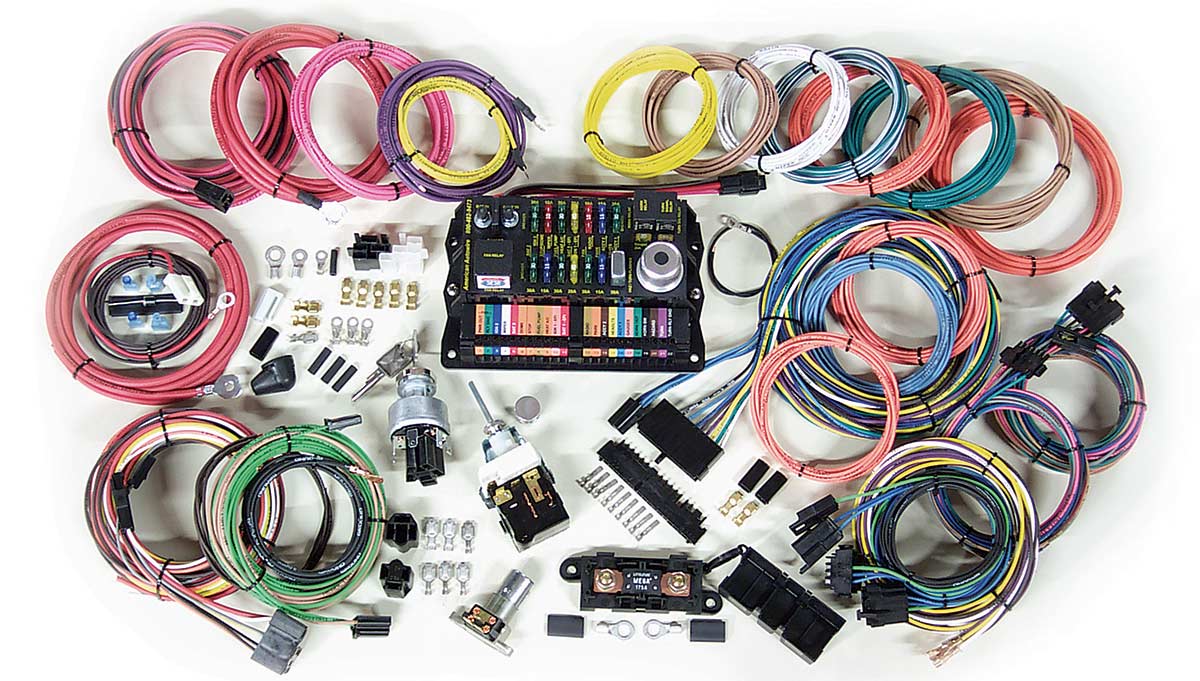

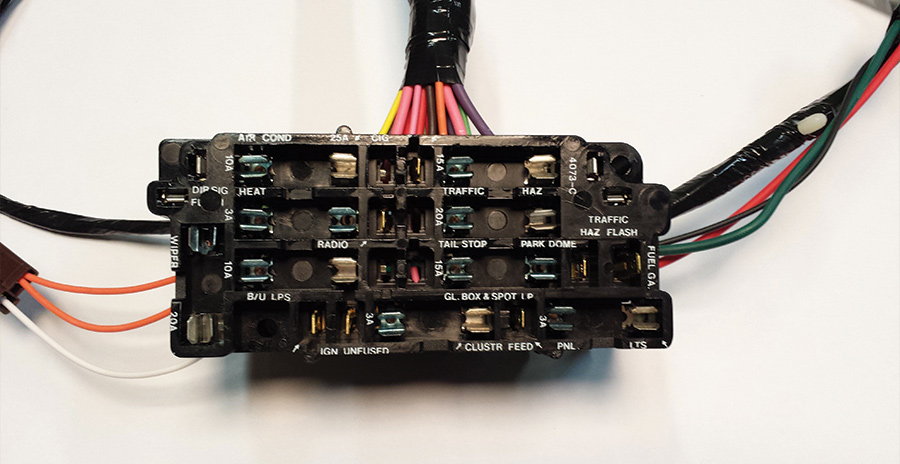
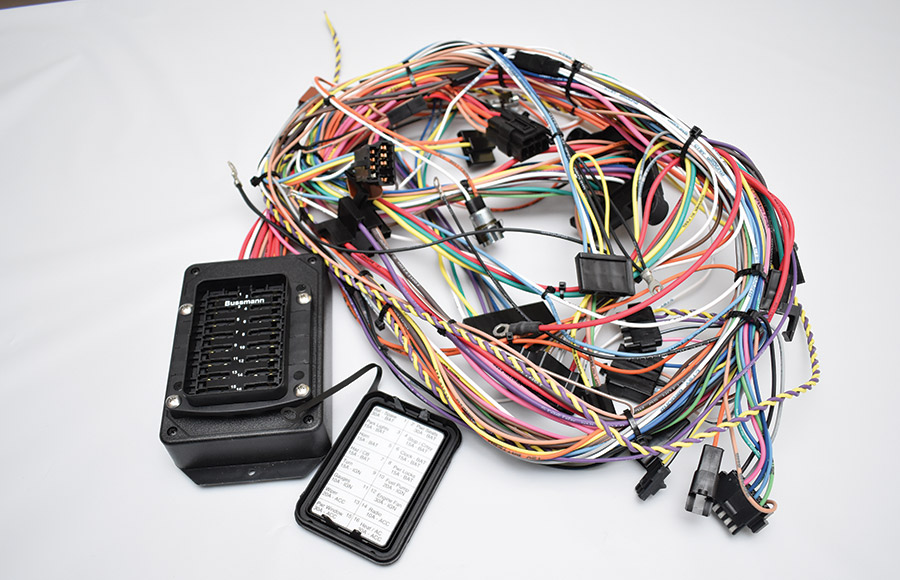
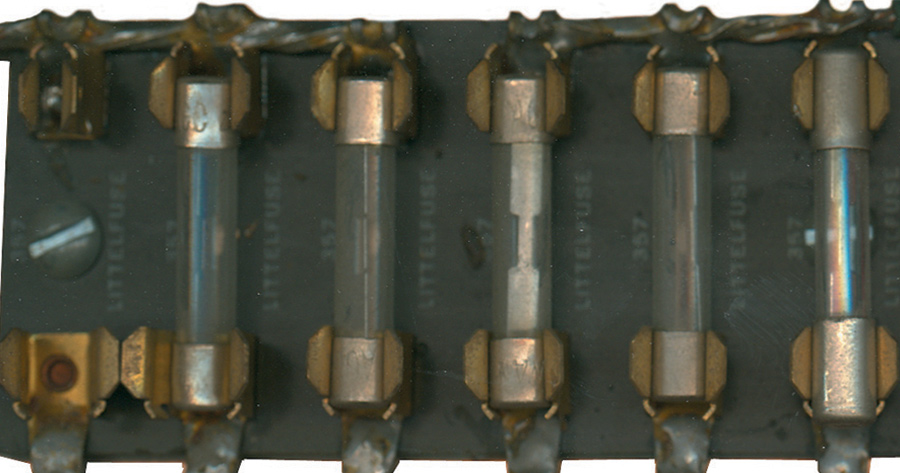
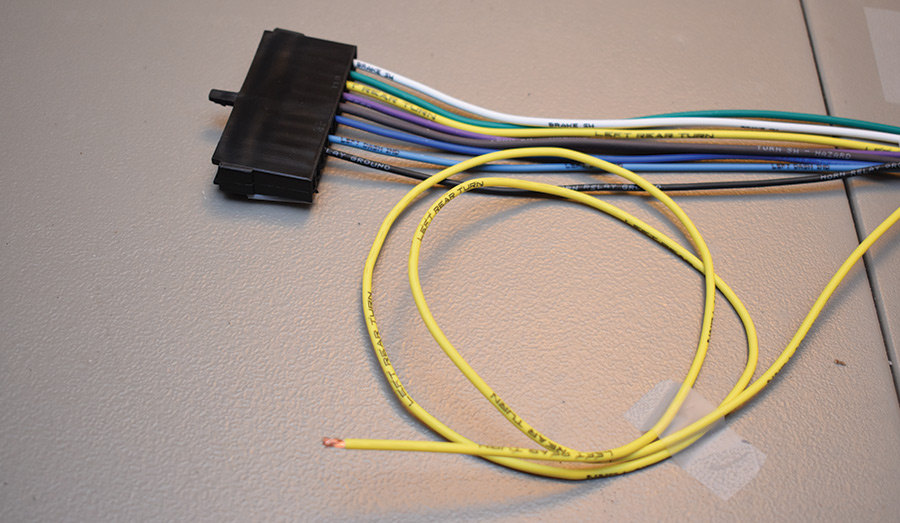
7. For ease of installation Classic Update and Highway series kits have GXL/XLPE wire with GM color-coding and labeling every 3-4 inches.


9. Highway 22 Plus and Highway 15 fuse panels are not prewired. The wires are cut to length, the ends are then stripped and attached to the numbered and labeled screw terminals in the panel. This style of harness offers the most flexibility in terms of fuse block location.
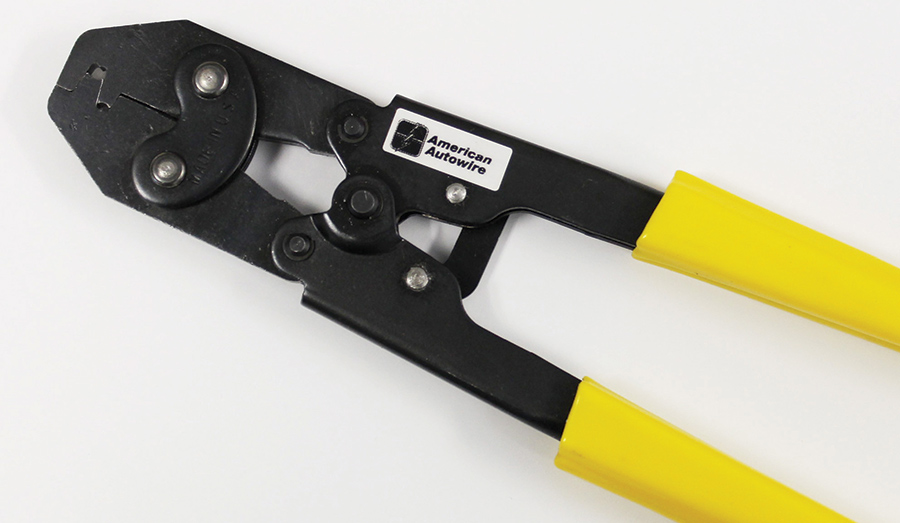
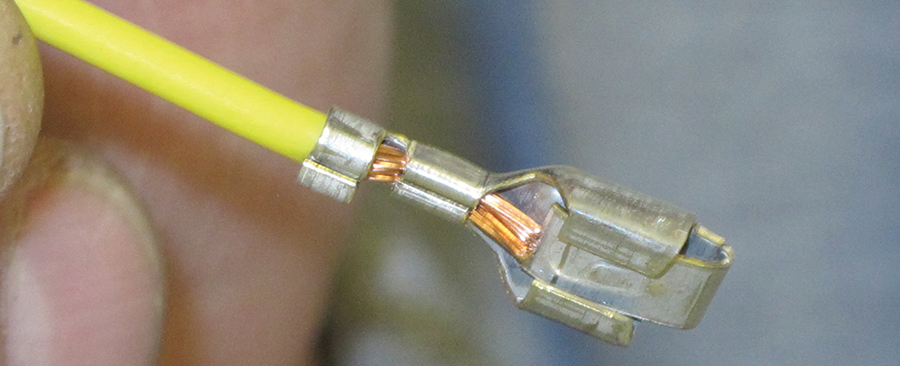
11. In kits other than the Factory Fit series, some terminals will have to installed. This is an example of a properly crimped terminal. It captures the conductor and the insulation to provide strain release that helps the conductor from being pulled out of the terminal.
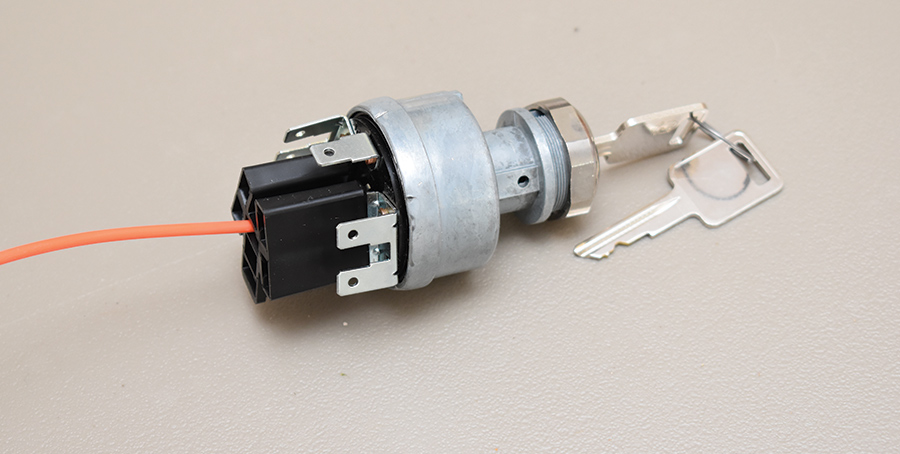
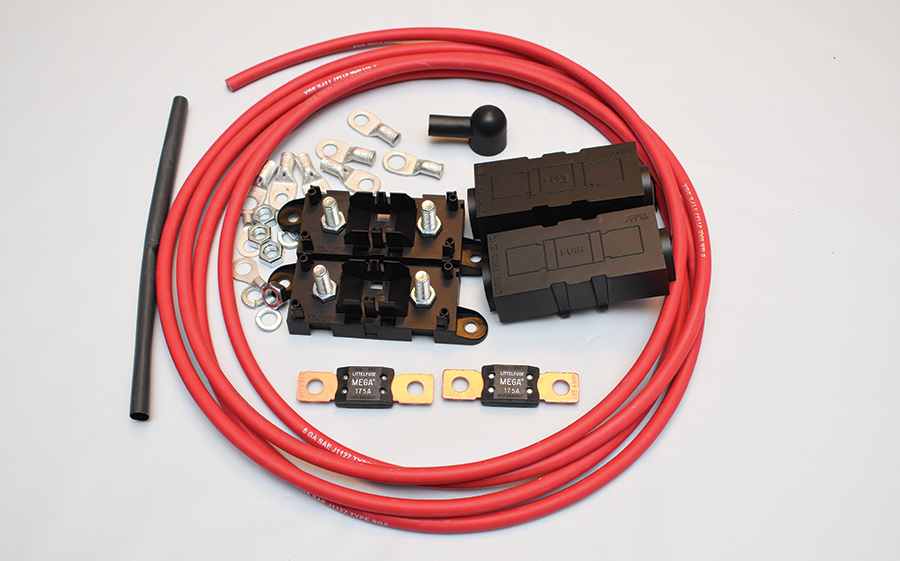
13. American Autowire’s main power connection kit includes a length of 6-gauge wire, two 175-amp Mega Fuses, and a length of shrink tubing.
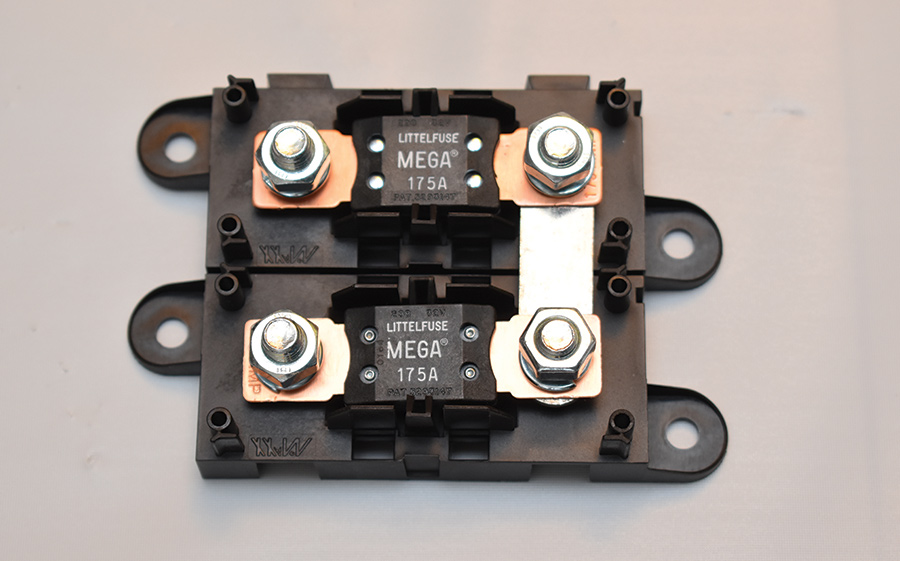
14. The two Mega Fuses are connected by a jumper (right). Together they protect the main alternator feed to the starter solenoid and the supply wire to the fuse block.
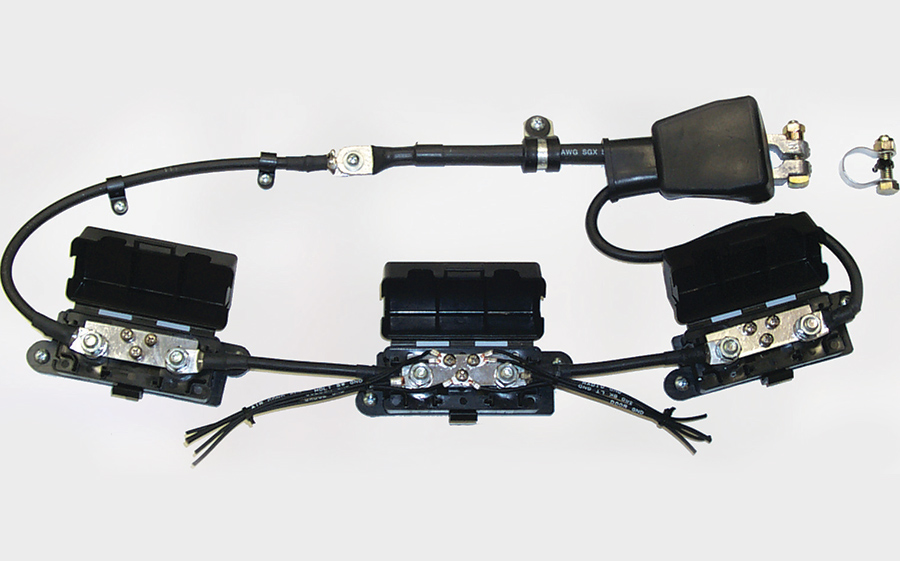
15. American Autowire’s grounding kit eliminates the framerails as a conductor with three grounding boxes connected by 6-gauge cable attached directly to the battery’s negative post.
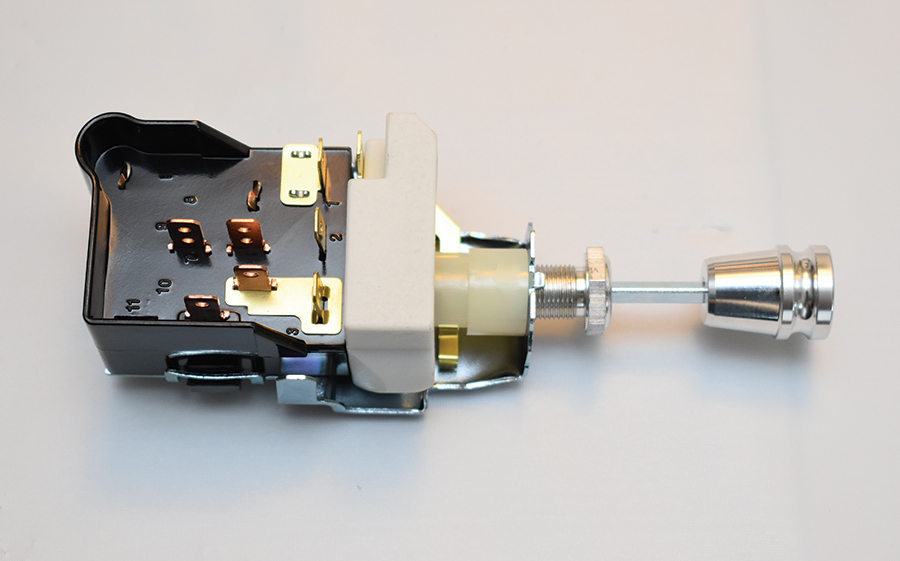
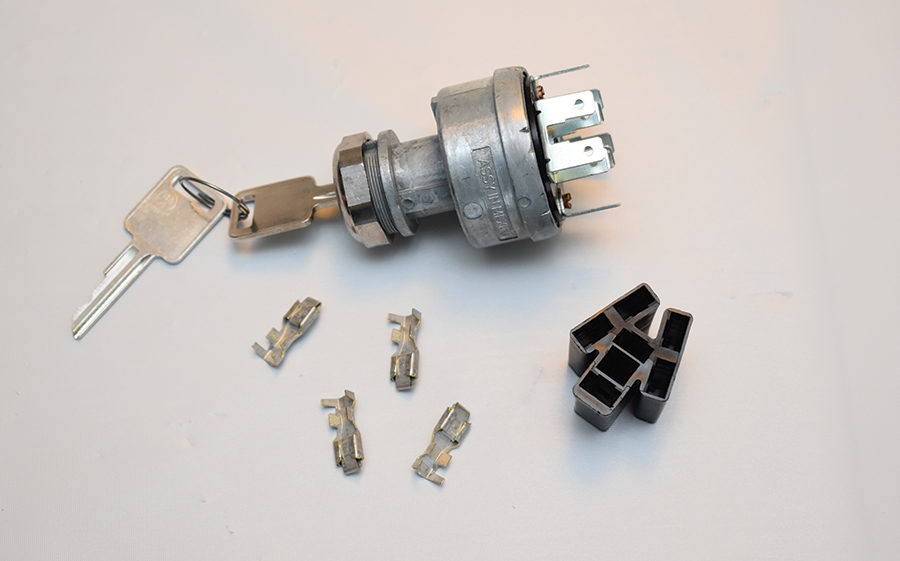
17. Also found in many of the kits is a new ignition switch. In some cases keys are included, in others the original cylinder and keys are reused.
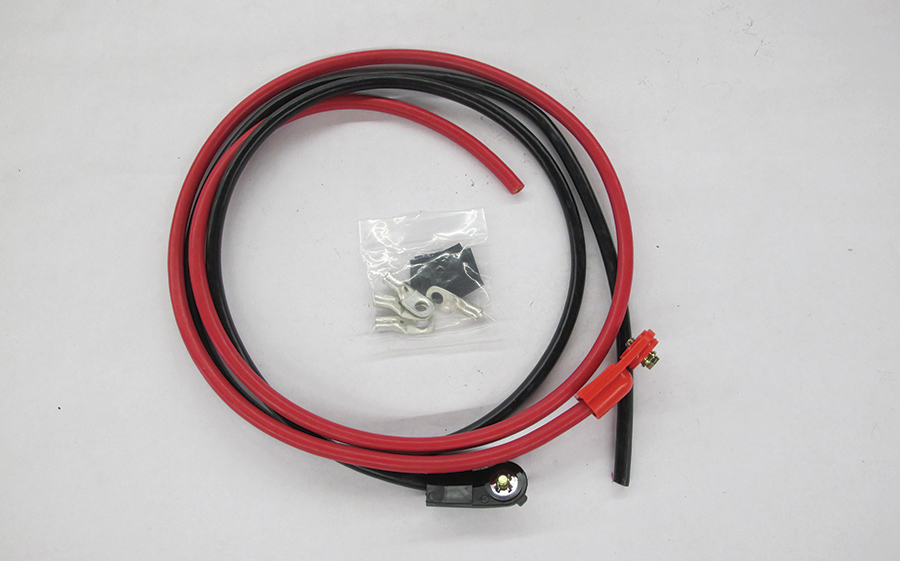
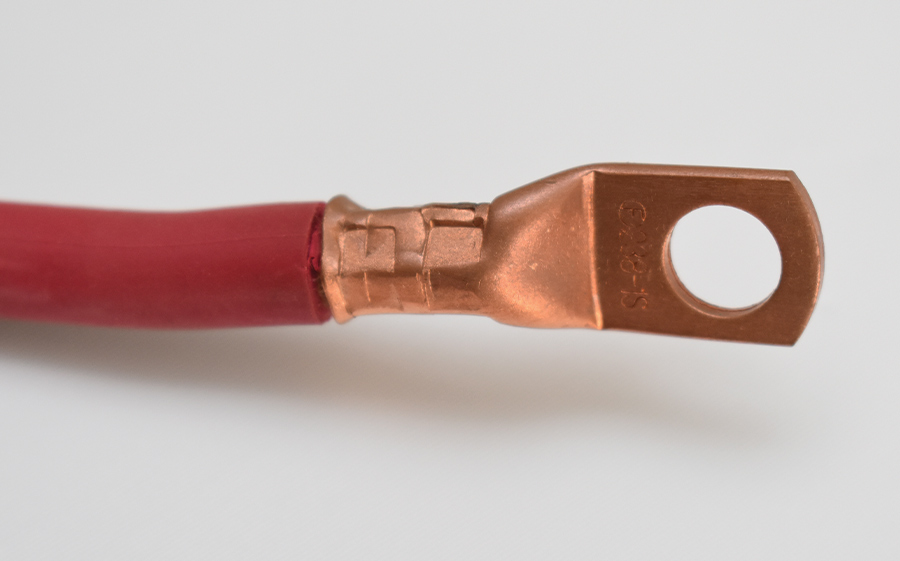
19. This is an example of a secure battery terminal crimp. American Autowire includes a crimping tool with their battery cable kits.
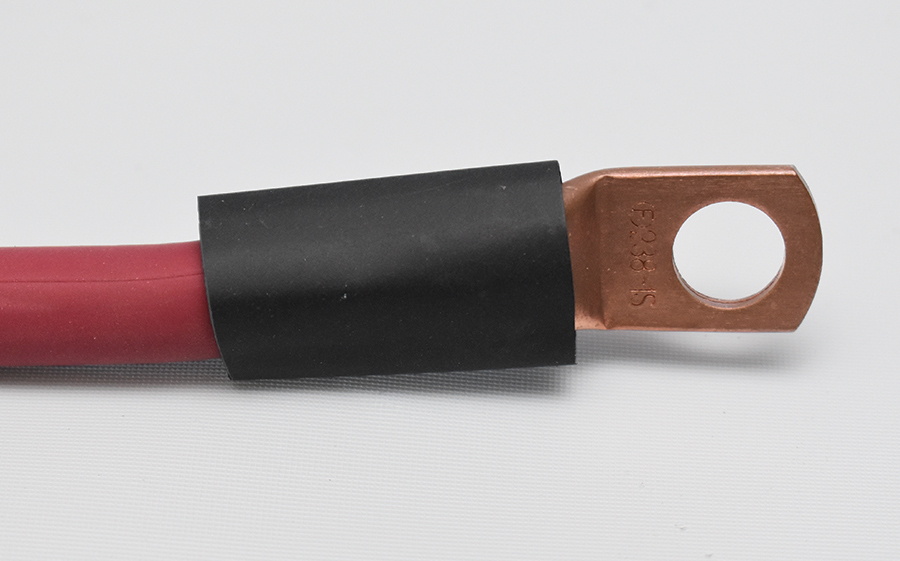
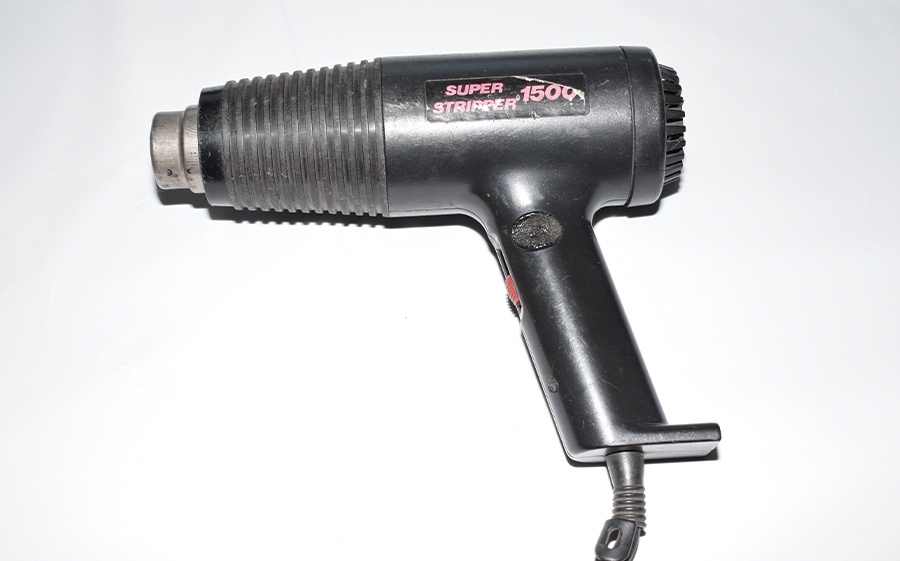
21. There are a number of ways to heat shrink tubing, heat guns for stripping paint work very well and are much less hassle than matches or lighters.

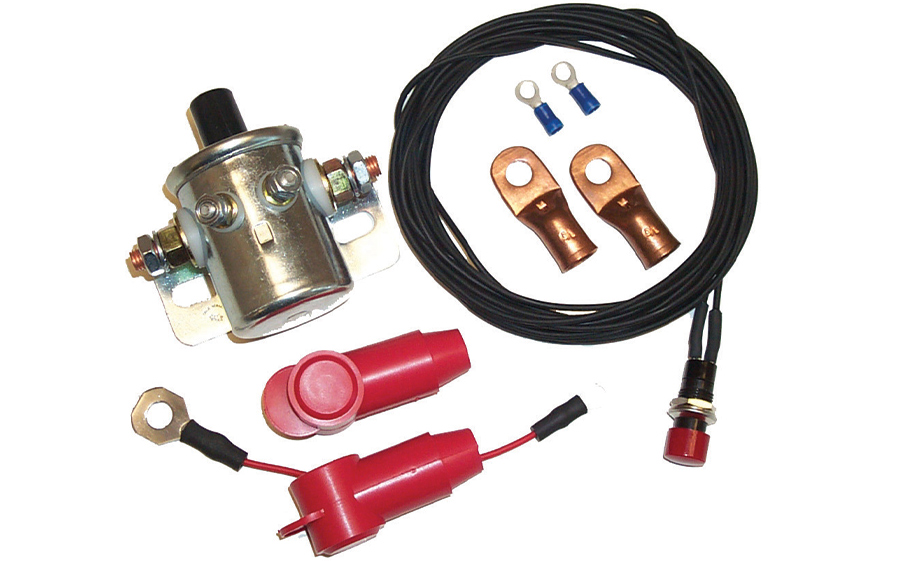
23. For safety and security American Autowire offers a remotely controlled battery shut-off switch. Not to be confused with an ordinary relay (like those used in starter circuits), this type is designed for continuous duty.
 SOURCE
SOURCE